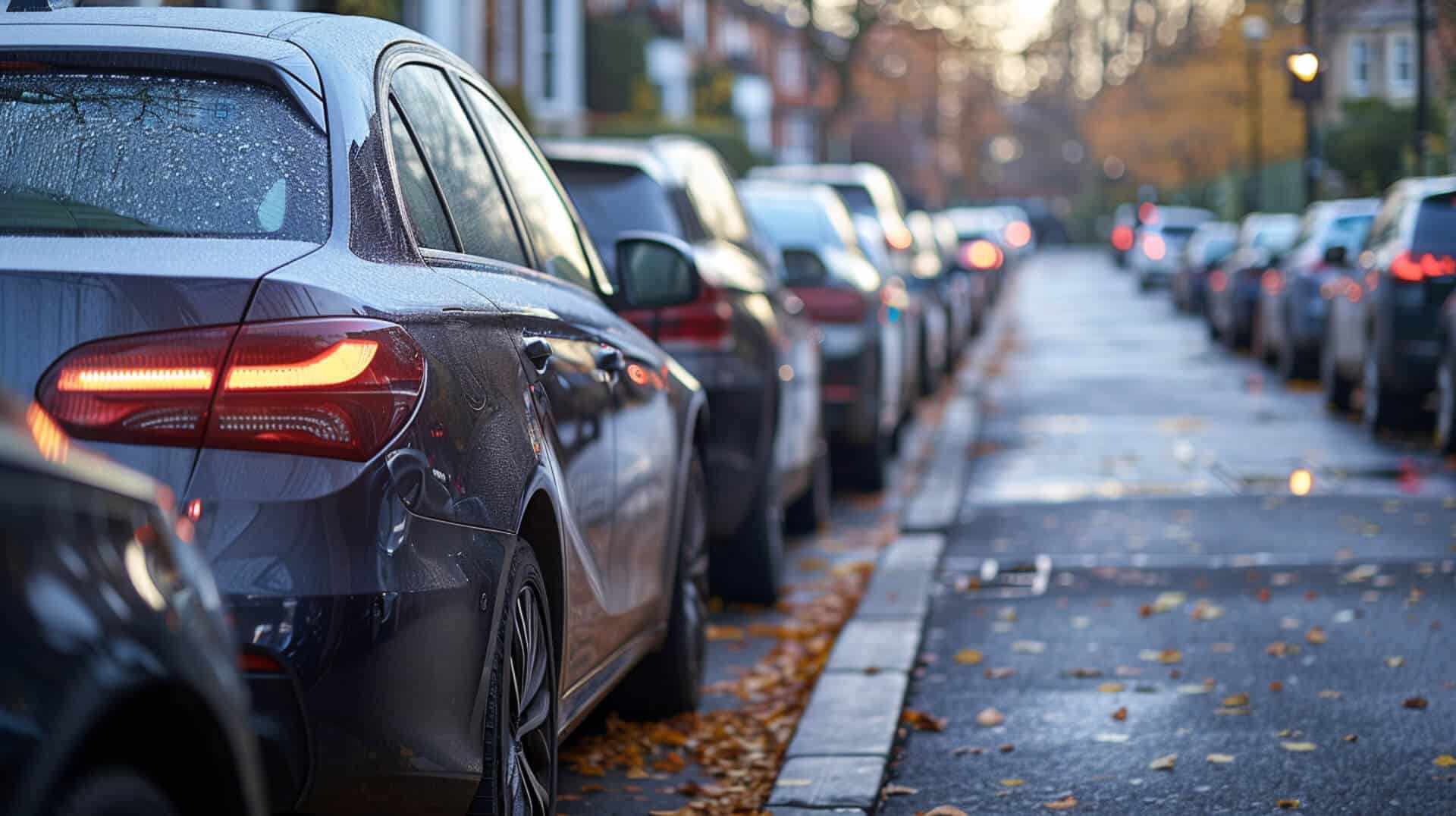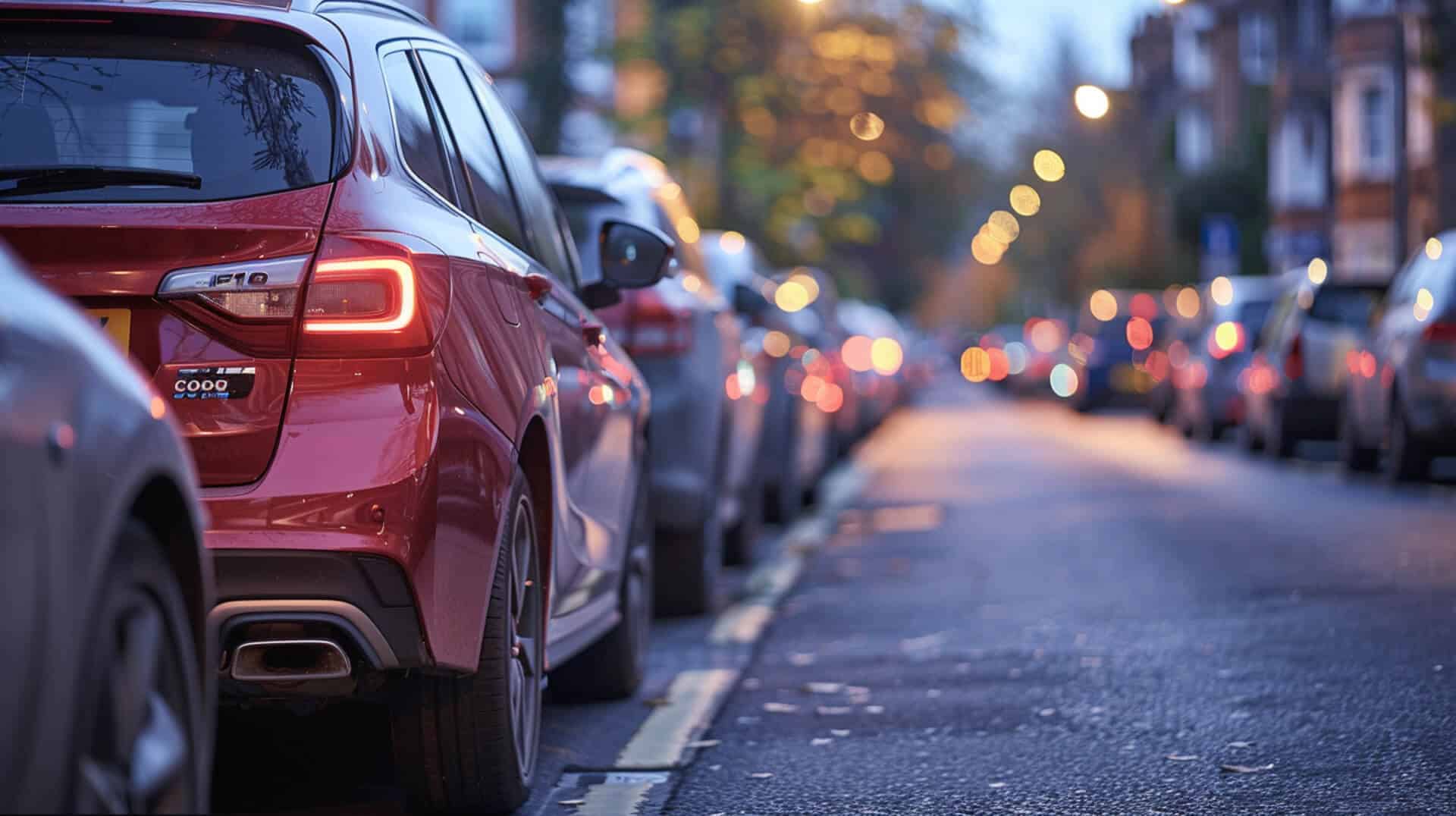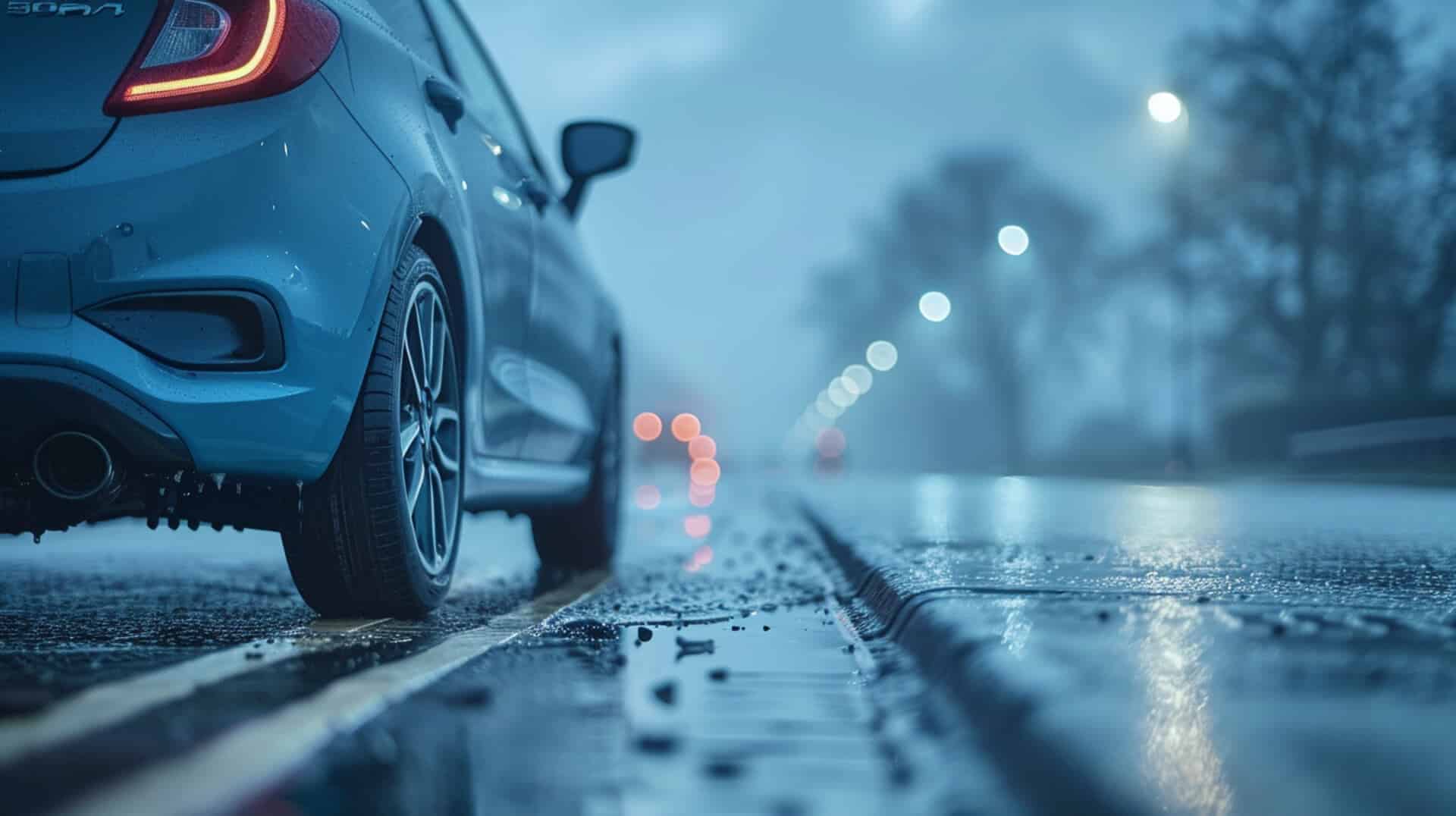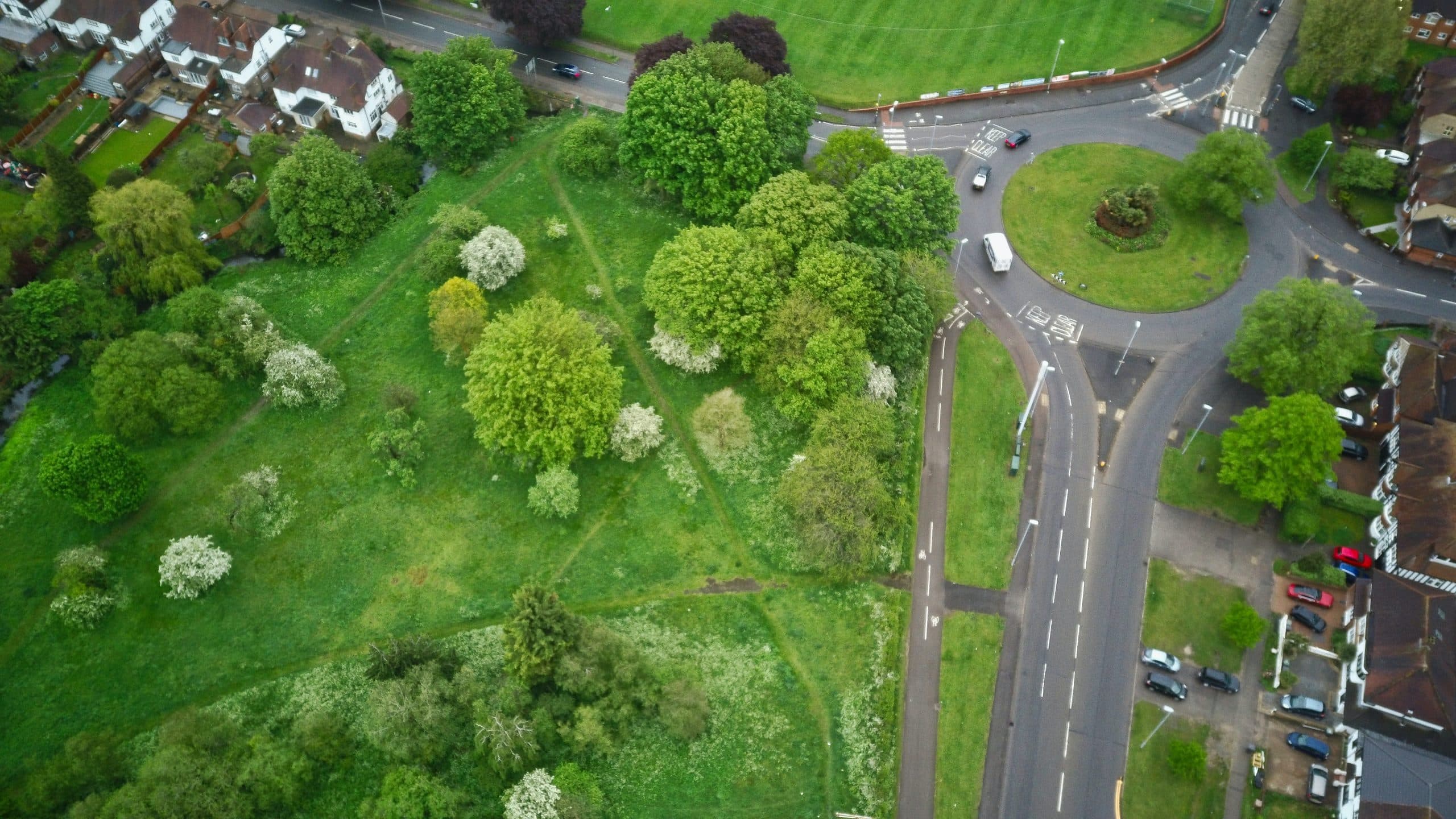
Understanding the Impact of Kerb Contact During Your Driving Test
When you’re preparing for your driving test, understanding how kerb contact is evaluated can significantly influence your approach to manoeuvres close to the kerb. At Smart Drive UK, we emphasise the importance of mastering these skills for a successful test outcome.
What Does Hitting the Kerb Signify in the Context of a Driving Test?
Hitting the kerb during your driving test can be seen as a lack of control or awareness of the vehicle’s position on the road. It’s crucial to understand that while minor contact may not automatically result in failure, it’s an aspect that examiners closely observe.
How Do Examiners Assess Kerb Contact During the Test?
Examiners assess kerb contact based on its severity and the context in which it occurs. Controlled, minor contact might be overlooked, but significant or unsafe contact will likely be marked as a major fault.
Can Hitting the Kerb Lead to an Automatic Fail?
Yes, hitting the kerb can lead to an automatic fail if it’s considered a serious or dangerous fault. This is typically the case when kerb contact compromises the safety of the manoeuvre or indicates a significant lack of vehicle control.
What Factors Influence the Severity of the Fault Assigned to Kerb Contact?
Several factors can influence the severity of the fault assigned to kerb contact, including:
- The context of the contact: Was it during a complex manoeuvre or regular driving?
- Control and recovery: Did you demonstrate control over the vehicle and recover smoothly?
- Safety: Was the contact unsafe for you, the examiner, or other road users?
Understanding these factors can help you prepare more effectively for your driving test, focusing on precision and safety near the kerb. At Smart Drive UK, our goal is to equip you with the skills and confidence needed to navigate these challenges successfully.
Classifying Faults: Minor vs. Major Implications

When preparing for your driving test, understanding the distinction between minor and major faults is crucial. At Smart Drive UK, we emphasise the importance of this knowledge as part of your comprehensive learning experience.
What Constitutes a Minor Fault in a Driving Test?
A minor fault, often referred to as a “driving fault,” is a mistake that doesn’t significantly affect the safety of the drive. For example, a slight misjudgment in mirror-check timing or a minor lapse in signal timing could be considered a minor fault. You’re allowed up to 15 minor faults during the test, provided they do not form a pattern indicating a serious deficiency in a specific area of driving.
Major Faults: Serious and Dangerous
A major fault is more severe and can be categorised into two types: serious and dangerous. Kerb contact can escalate to a major fault if it compromises the safety of the manoeuvre or indicates a lack of vehicle control. For instance, hitting the kerb while performing a parallel park due to misjudgment of space or speed could be seen as a serious fault, potentially leading to a test fail.
Circumstances Elevating Kerb Contact to a Serious Fault
Kerb contact is considered a serious or dangerous fault when it:
– Causes the vehicle to stop abruptly.
– Puts pedestrians or property at risk.
– Indicates a significant lack of observation or control.
Minor Faults Threshold
While you can accumulate up to 15 minor faults, it’s essential to understand that any single serious or dangerous fault will result in a test failure. Our goal at Smart Drive UK is to equip you with the skills and knowledge to minimise faults of any kind, ensuring a higher likelihood of passing your driving test.
The Role of the Examiner in Evaluating Kerb Contact

Understanding the examiner’s role and the discretion they hold in evaluating kerb contact during your driving test is crucial. At Smart Drive UK, we aim to provide you with insights that demystify this aspect of the test, helping you approach it with confidence.
Examiner Discretion in Classifying Faults
Examiners possess a degree of discretion when classifying faults during the driving test. This discretion allows them to consider the context of any mistakes, including kerb contact. For instance, lightly touching the kerb during a manoeuvre might be overlooked if it doesn’t compromise safety or control. However, hitting the kerb forcefully or in a way that could endanger pedestrians or property is likely to result in a serious fault.
Guidelines Followed by Examiners
Examiners adhere to strict guidelines set by the DVSA to ensure consistency and fairness in the assessment. These guidelines help them determine whether kerb contact constitutes a minor, serious, or dangerous fault based on the severity and the potential risk it poses.
Impact of Examiner Judgement on Test Outcome
The examiner’s judgement plays a pivotal role in the outcome of your driving test. Their assessment of your overall control, observation, and handling of the vehicle during kerb contact can influence the decision between passing and failing.
Manoeuvres That Test Your Proximity to the Kerb

During your driving test, certain manoeuvres will test your ability to manage the vehicle’s proximity to the kerb. Understanding these manoeuvres and how to approach them is essential for a successful test outcome.
Driving Test Manoeuvres Involving Close Proximity to the Kerb
Several manoeuvres during the driving test require careful navigation near the kerb. These include:
- Parallel Parking: Where you must park the car in line with other parked vehicles without touching the kerb.
- Bay Parking: Involves reversing into a parking bay at the test centre or a public car park, where precision within the bay is crucial.
- Pulling Up on the Right: This manoeuvre requires you to pull up on the right-hand side of the road, reverse for 2 car lengths, and rejoin the traffic, often close to the kerb.
Practice Tips for Avoiding Kerb Contact
To master these manoeuvres, we recommend:
- Regular Practice: Frequent practice in different parking scenarios can help build your spatial awareness and control.
- Use of Reference Points: Identifying reference points on your vehicle can guide you in maintaining a safe distance from the kerb.
- Professional Instruction: Our instructors at Smart Drive UK can provide personalised tips and techniques for manoeuvring close to the kerb.
Common Mistakes to Avoid
Learners often make mistakes such as:
- Misjudging Distance: Overestimating the distance to the kerb can lead to unnecessary corrections.
- Rushing the Manoeuvre: Taking the manoeuvre too quickly without adequate observation can result in errors.
The Importance of Control and Observation
Successful execution of these manoeuvres hinges on:
- Control: Maintaining a slow speed and using the clutch effectively allows for finer adjustments.
- Observation: Constantly checking mirrors and blind spots ensures you’re aware of your surroundings and can react to them appropriately.
At Smart Drive UK, we emphasise the importance of these skills not only for passing your driving test but for safe driving in general.
Essential Test Preparation Strategies

Preparing effectively for your driving test is crucial to your success. At Smart Drive UK, we understand the importance of a comprehensive preparation strategy that addresses both practical and theoretical aspects of driving.
Best Practices for Driving Test Preparation
To ensure you’re fully prepared, we recommend a balanced approach that includes both practical driving experience and theoretical study. Regular driving lessons with an experienced or qualified instructor, combined with personal practice (if possible), will help you develop the necessary skills and confidence.
How Understanding the Examiner’s Perspective Helps Learners
Knowing what the examiner is looking for can help you focus on key areas during your preparation. It encourages a more strategic approach to your driving test, emphasising aspects like control, observation, and adherence to traffic laws. At Smart Drive UK, we aim to equip you with this knowledge, fostering a deeper understanding of the test process and what is expected of you as a candidate.
Mastering the MSPSL Routine and Kerb Avoidance Techniques
At Smart Drive UK, we emphasise the importance of the MSPSL routine and kerb avoidance techniques as foundational skills for safe driving. These practices not only prepare you for your driving test but also instil habits that contribute to lifelong safe driving.
What is the MSPSL Routine?
The MSPSL routine stands for Mirror, Signal, Position, Speed, and Look. It’s a systematic approach to driving manoeuvres that ensures you’re always aware of your surroundings, making safe and informed decisions on the road.
- Mirror: Check your mirrors to understand the position and actions of other road users.
- Signal: Signal your intentions to other road users in a timely manner.
- Position: Position your vehicle correctly on the road, taking into account the manoeuvre you’re about to make.
- Speed: Adjust your speed to suit the road conditions and the manoeuvre you’re performing.
- Look: Look around for any hazards and assess the situation before proceeding.
Reducing Kerb Contact
Mastering clutch control and regular mirror checks are crucial in reducing kerb contact. Clutch control allows for smoother manoeuvring at low speeds, particularly when parking or reversing near kerbs. Regular mirror checks ensure you’re aware of your vehicle’s position relative to the kerb and other road users, allowing for timely adjustments.
Improving Road Positioning
Effective road positioning is key to avoiding unnecessary kerb contact. We teach learners to:
- Use reference points on the vehicle to gauge distance from the kerb.
- Practice manoeuvres in various parking scenarios to build spatial awareness.
- Stay calm and focused, allowing for better judgement and vehicle control.
How Can Learners and Experienced drivers Get in Touch with Smart Drive UK for More Information?
For more information about our services or to book a lesson, you can visit our website or contact us directly via phone or email. Our friendly team is always here to answer your questions and help you get started on your path to becoming a safe and confident driver. Phone: 01903 691002, Email: admin@smartdriveuk.co.uk, Website: www.smartdriveuk.co.uk
Why Choose Smart Drive UK for Your Journey to Becoming a Confident and Safe Driver?
Choosing Smart Drive UK means opting for a driving school that cares deeply about your success. Our commitment to excellence, personalised approach to instruction, and comprehensive support system set us apart. Let us be part of your journey to passing your driving test and beyond, ensuring you develop safe driving habits for life.


